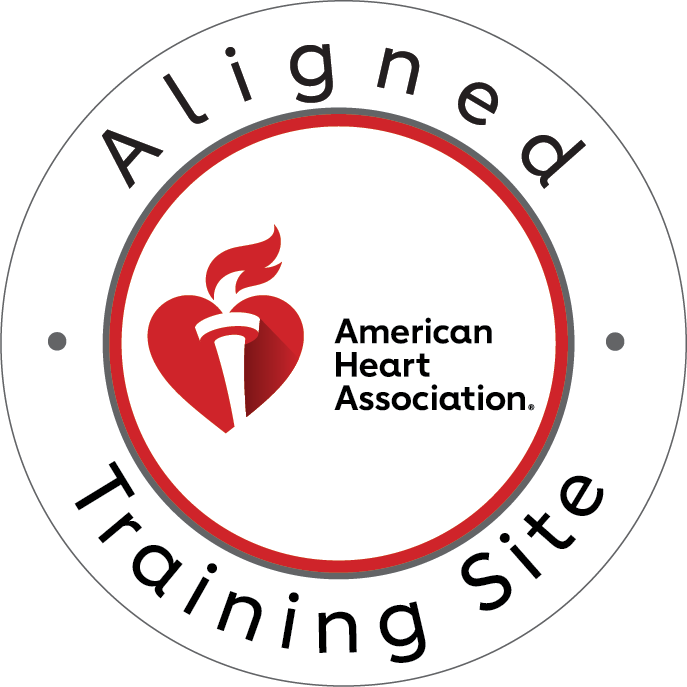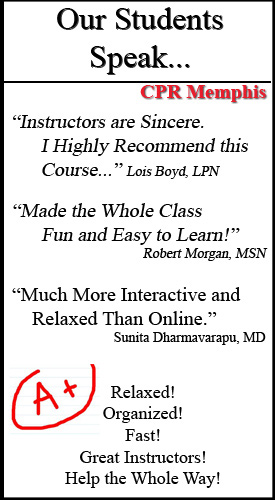Does back boarding a patient really make a difference? That is a question that a lot of people have been trying to figure out in the last couple of years. Sadly, not very many people have done research on this topic, and the only research I have able to find was a PDF file with research done on healthy patients. This essay will go over what back boarding and C-spine actually are, what an Emergence Medical person do to decide if someone needs to be back boarded, and the research done on healthy patients with back boarding.
Back boarding has long been a technique used by Emergency Medical Personal to keep the spine in place, and an inline position while transporting the patient to the hospital. Back boarding is where you grab a piece of rigid plastic that is usually 6ft long, and place it behind the patient. This piece of rigid plastic helps you to be able to lift the patient, and keep the spine immobilized in a straight position. While you are grabbing the back board and anything else you may need, someone else is holding the cervical spine (C-spine). C-spine is where you are holding the patients’ head and neck in line with their spine and making sure they do not move their head any further. This is so they do not cause any further injury to their spine or neck. After you have started to the hold C-spine, you would then proceed to measure, and size up a cervical collar (C-collar). The C-collar is what holds the neck and head in a straight inline position with the rest of the body. Once you have placed the C-collar on the patient you must continue to hold the patient’s neck and head in a straight position until you move the patient on to the back board, and secure them.
Emergency Medical Personal have been back boarding patients for a very long time. Every person who has been trained as an Emergence Medical Personal knows that you do not need to back board every single patient, it all depends on the Mechanism of Injury (MOI) to decide if the patient needs it or not. Let’s say you receive a call for a person who cut his hand on a kitchen knife, does this patient really need to be back boarded, or can they just be placed on the stretcher? The answer is the patient can just be placed on the stretcher, because there was obviously no sign of spinal injury and the MOI was not to serious. Another example is, you received a call for a patient who was driving his vehicle and ran straight into a traffic light. Will this patient need to be back boarded because the MOI is more serious than the cut on hand: the answer is yes the patient most likely will be back boarded. Emergency Medical Personal are trained to notice, and decide if the person needs to be back boarded in a matter of seconds. This decision also might mean the matter between life and death for this patient.
The research I was able to find did not really tell if you had a higher percentage of mortality if you were placed on a back board. It was able to give some detail to what back boarding might cause. The research I received went over different items that are used when back boarding. These items were C-collars, backboards, and a couple of other items. The main two I am going to discuss are the backboards, and the C-collars. The research I looked over had some adverse effects of back boarding and C-collaring.
The PDF I researched was written in 2005. The article, “Effects of Prehospital Spinal Immobilization: A Systematic Review of Randomized Trials on Healthy Subjects.” was written by Irene Kwan, MSc; Frances Bunn, MSc . When they were doing this study, they proceeded to test the back boards and c-collars. They noticed that the patients who received the rigid collars and back boards noticed more pain that was not there before the injury accrued. In the “Effects of Prehospital Spinal Immobilization: A Systematic Review of Randomized Trials on Healthy Subjects” article, the patients were noticed to have received less pain from back boarding when they received the air mattress style of that back board, as compared to if they received the rigid plastic back board. The above article compared how effective both the air mattress, and the rigid plastic back board did on immobilization of the patient. It was noted that both styles did an effective job of immobilization of the patient
Throughout this whole paper I have explained what back boarding and C-collars are, and what they do. I have also explained how an Emergency Medical Personal decides if someone needs to be back boarded. I have also brought up the study I have found which brings up adverse effects that back boarding causes and what back boards they used in the study. Also throughout this whole study I was able to bring this topic up to two paramedics to get their point of views on this topic. They both think that back boarding is an important part of spinal immobilization, and they believe it does more good than harm. I personal believe that back boarding is an important part to stabilize the spine, and to keep it in line with the rest of the body just in case something did happen. A patient may not have noticed the pain yet, because the patient may be running on adrenaline which is masking the pain. My concluding statement is, back boarding is a necessary task that needs to be done because it does more good than harm.
Resources
Kwan, Irene, and France Bunn. “Effects of Prehospital Spinal Immobilization: A Systematic Review of Randomized Trials on Healthy Subjects.” Jan. 2005. Web. <http://pdm.medicine.wisc.edu/Volume_20/issue_1/kwan.pdf>.





